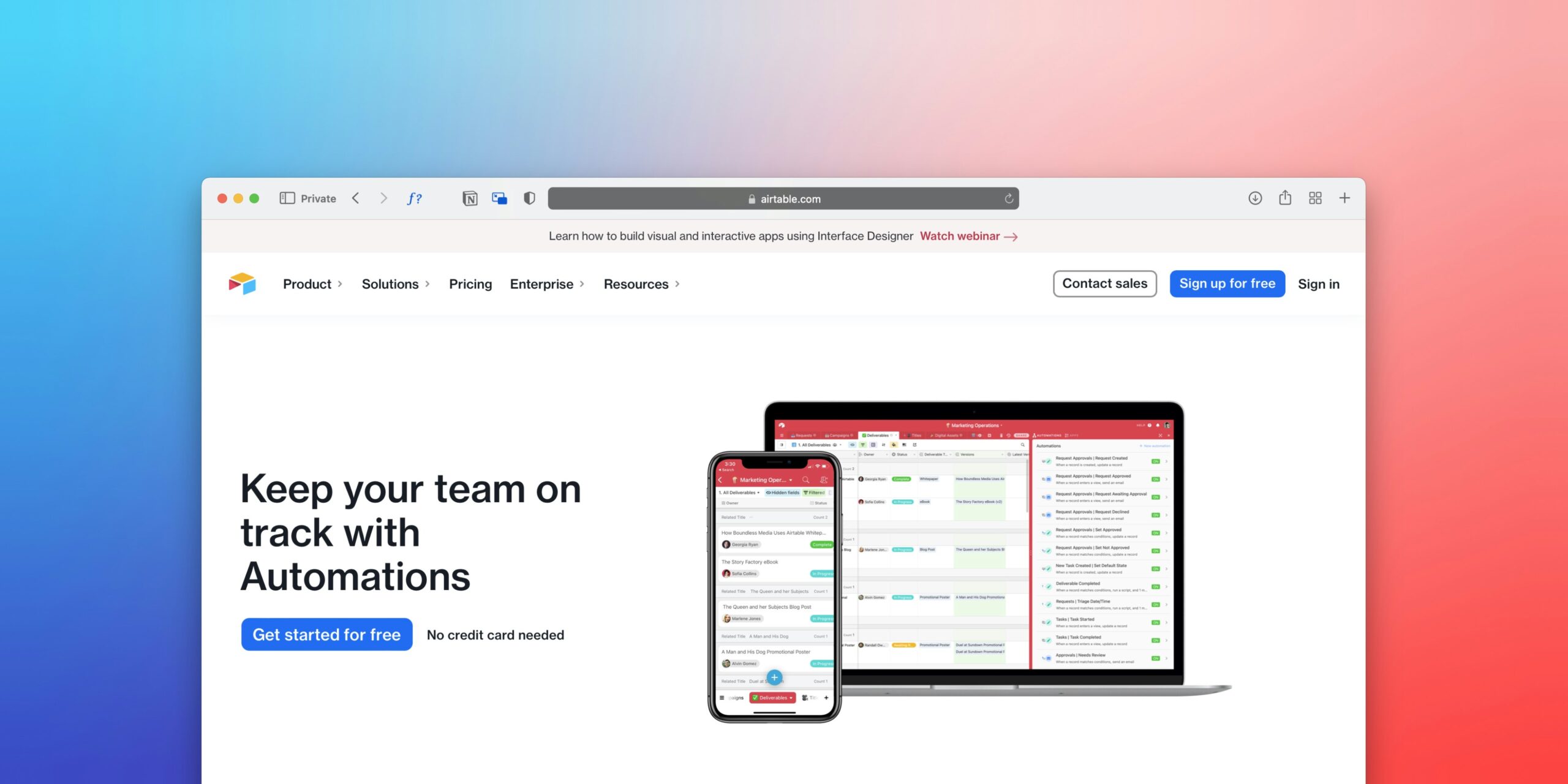In the bustling digital connectivity realm, where each likes, shares, and comment fuels the virtual pulse, understanding social media engagement rate becomes a vital compass for marketers, influencers, and brands alike. “How To Calculate Social Media Engagement Rate” unveils the intricate dance of metrics and interactions, offering a clear, step-by-step guide to unveiling the accurate measure of audience connection.
As readers journey through this insightful piece, they will discover the calculation formula and strategies to amplify their digital resonance and cultivate a loyal, engaged community.
Have you ever wondered how some social media posts go viral while others fade into oblivion? Understanding the magic behind these phenomena often comes down to the engagement rate. Calculating your social media engagement rate can turn your content strategy from good to extraordinary.

What is the Social Media Engagement Rate?
Before diving into the calculations, we must understand what social media engagement rate means. Essentially, the engagement rate measures the level of interaction that followers have with your content. This includes likes, shares, comments, saves, and other social actions. It’s a barometer of how well your audience connects with your posts.
Importance of Engagement Rate
Regarding social media, numbers matter, but not all are equal. High follower counts might look nice, but engagements are what truly reflect how much your content resonates with your audience. Engagement rates offer insights into:
- Content Performance: They help identify what content your audience finds valuable.
- Audience Behavior: They provide a clearer picture of how and when your audience engages with your posts.
- Algorithm Benefits: Platforms like Instagram and Facebook reward highly engaging posts with more visibility.
Basic Formula to Calculate Engagement Rate
Calculating the engagement rate might sound complex, but it can be boiled down to a simple formula:
[
\text{Engagement Rate} = \left( \frac{\text{Total Engagements}}{\text{Total Followers}} \right) \times 100
]
Breakdown of Terms
- Total Engagements: This includes all interactions – likes, comments, shares, and other actions.
- Total Followers: This is the number of followers you have at the time of the post.
Example:
If a post has 100 likes, 50 comments, and 20 shares, and your follower count is 5,000, your engagement rate would be:
[
\left( \frac{100 + 50 + 20}{5000} \right) \times 100 = 3.4%
]
Engagement Rate by Reach
Sometimes, you may want to look at how many people saw your post rather than your total number of followers. This is where the Engagement Rate by Reach (ERR) comes in handy:
[
\text{ERR} = \left( \frac{\text{Total Engagements}}{\text{Total Reach}} \right) \times 100
]
Why ERR is Useful
ERR provides a more accurate picture of a post’s performance, mainly if your post has been boosted or has a low impression-to-follower ratio. It sheds light on how your content performs against those who have seen it.
Example:
If a post has 200 engagements but were seen by 2,000 people, the ERR would be:
[
\left( \frac{200}{2000} \right) \times 100 = 10%
]
Engagement Rate by Impressions
Another helpful metric is Engagement Rate by Impressions (ERI), which focuses on how many times your post was displayed, regardless of unique viewers:
[
\text{ERI} = \left( \frac{\text{Total Engagements}}{\text{Total Impressions}} \right) \times 100
]
When to Use ERI
ERI is particularly beneficial for ads or promoted posts where impressions are a more relevant metric than reach.
Example:
If a post gathers 150 engagements and has 3,000 impressions, the ERI is:
[
\left( \frac{150}{3000} \right) \times 100 = 5%
]

Platform-specific Engagement Rate Calculations
Different social media platforms might warrant slightly different approaches to calculating engagement rates due to their unique features and user behaviors. Let’s delve into some platform-specific formulas.
Instagram Engagement Rate
On Instagram, engagement typically includes likes, comments, and shares. The formula remains consistent with the general formula but pays attention to the platform’s unique engagement metrics.
Example:
For an Instagram post with 300 likes, 100 comments, 25 shares, and 10,000 followers:
[
\left( \frac{300 + 100 + 25}{10000} \right) \times 100 = 4.25%
]
Facebook Engagement Rate
Facebook engagement includes reactions (like love, wow, etc.), comments, and shares. Given the diversity of interactions, accounting for different reaction types can be insightful.
Example:
For a Facebook post with 500 reactions, 200 comments, 100 shares, and a total of 15,000 page likes:
[
\left( \frac{500 + 200 + 100}{15000} \right) \times 100 = 5.33%
]
Twitter Engagement Rate
On Twitter, engagements include likes, retweets, replies, and other forms of interaction. Since Tweets can be brief and frequent, these metrics can fluctuate more rapidly.
Example:
For a Tweet with 50 likes, 30 retweets, 20 replies, and 2,000 followers:
[
\left( \frac{50 + 30 + 20}{2000} \right) \times 100 = 5%
]
Advanced Metrics for Engagement Rate
Understanding the basic calculations is just the start. For a more nuanced view of your social media success, consider the following advanced engagement metrics:
Engagement Rate by Post Type
Different types of posts (photos, videos, text updates) may yield varied engagement rates. Analyzing the engagement rate by post type can help tailor content strategies.
Table: Engagement Rate by Post Type
| Post Type | Average Engagement Rate |
|---|---|
| Photos | 5.5% |
| Videos | 6.2% |
| Text Updates | 3.8% |
Engagement Rate by Day and Time
Timing can drastically affect engagement. Studying how engagement rates fluctuate based on posting times can inform when to schedule posts for maximum impact.
Table: Engagement Rate by Time
| Time Slot | Average Engagement Rate |
|---|---|
| 9 AM – 12 PM | 4.8% |
| 12 PM – 3 PM | 6.1% |
| 3 PM – 6 PM | 5.7% |

How to Improve Your Social Media Engagement Rate
Knowing how to calculate engagement rates is only half the battle. Improving these metrics often requires a multi-faceted approach. Here are some proven strategies:
Quality Over Quantity
Quality content always trumps the sheer volume of posts. Focus on providing valuable, engaging, and shareable content. This could range from insightful blog posts to visually stunning images or compelling videos.
Use of Hashtags
Using relevant hashtags can broaden your reach. Research trending and industry-specific hashtags to increase your content’s visibility.
Interactive Content
Create polls, quizzes, and Q&A sessions to engage with your audience directly. Interactive content encourages participation, which can skyrocket your engagement rate.
Monitor Analytics
Regularly monitoring your analytics provides insights into what’s working and what’s not. Use tools like Google Analytics, Instagram Insights, and Facebook Analytics to track your progress.
Collaborations and Partnerships
Partnering with influencers or brands can introduce your content to new audiences, potentially increasing your engagement rate. Choose partners whose followers align with your target demographic for the best results.
Importance of Consistency
Consistency is key to maintaining and increasing engagement rates. Regular posting keeps your audience engaged and helps you stay relevant. Maintaining a consistent tone and style is also beneficial, which makes your brand easily recognizable.
Content Calendar
Organizing your social media posts with a content calendar can help maintain consistency. Schedule posts beforehand, and use scheduling tools like Hootsuite or Buffer to manage your social media accounts efficiently.
Engagement Routine
Engagement is a two-way street. Regularly responding to comments and messages can build a stronger relationship with your audience and encourage more interactions.
Common Mistakes to Avoid
Ignoring Analytics
Failing to monitor your analytics can leave you wondering what’s working. Regularly check engagement metrics to tweak your strategy as needed.
Overposting
Bombarding your audience with too many posts can be overwhelming and might lead to disengagement. Quality and relevance should always guide your posting strategy.
Neglecting Negative Feedback
Ignoring negative comments or feedback can harm your brand’s reputation. Address concerns respectfully and consider constructive criticism for improvement.
Tools for Measuring Engagement
Numerous tools can simplify tracking and analyzing your social media engagement. Some popular options include:
Social Media Management Tools
- Hootsuite: Offers extensive analytics and scheduling features.
- Buffer: Ideal for multi-platform management and provides insightful reports.
Platform-Specific Tools
- Instagram Insights: Detailed analytics for follower behavior, reach, and engagement.
- Facebook Page Insights: Comprehensive data on post performance and audience engagement.
Analytical Softwares
- Google Analytics: For in-depth tracking and reporting.
- Sprout Social: Combines engagement metrics with audience insights.
Final Thoughts
Calculating and improving your social media engagement rate can significantly bolster your digital marketing efforts. Though it might seem intricate initially, breaking it down into digestible pieces makes it easier to manage. Keep experimenting, stay consistent, and don’t forget to engage with your audience – after all, social media is about building connections.
Engage, analyze, adjust, and watch as your social media interactions flourish. Remember, engagement isn’t just about numbers; it reflects your audience’s genuine interest and connection with your brand. Happy posting!





![How Each Generation Shops in 2024 [New Data from Our State of Consumer Trends Report] how-each-generation-shops-in-2024-[new-data-from-our-state-of-consumer-trends-report]](https://socialmediamarketingtechniques.com/wp-content/uploads/2024/08/534-how-each-generation-shops-in-2024-new-data-from-our-state-of-consumer-trends-report-300x194.webp)
![How I Write SMART Goals and Make Them a Reality [+ Free SMART Goal Templates] how-i-write-smart-goals-and-make-them-a-reality-[+-free-smart-goal-templates]](https://socialmediamarketingtechniques.com/wp-content/uploads/2024/07/516-how-i-write-smart-goals-and-make-them-a-reality-free-smart-goal-templates-100x75.webp)
![6 Steps to Create an Outstanding Marketing Plan [Free Templates] 6-steps-to-create-an-outstanding-marketing-plan-[free-templates]](https://socialmediamarketingtechniques.com/wp-content/uploads/2024/07/512-6-steps-to-create-an-outstanding-marketing-plan-free-templates-100x75.webp)



